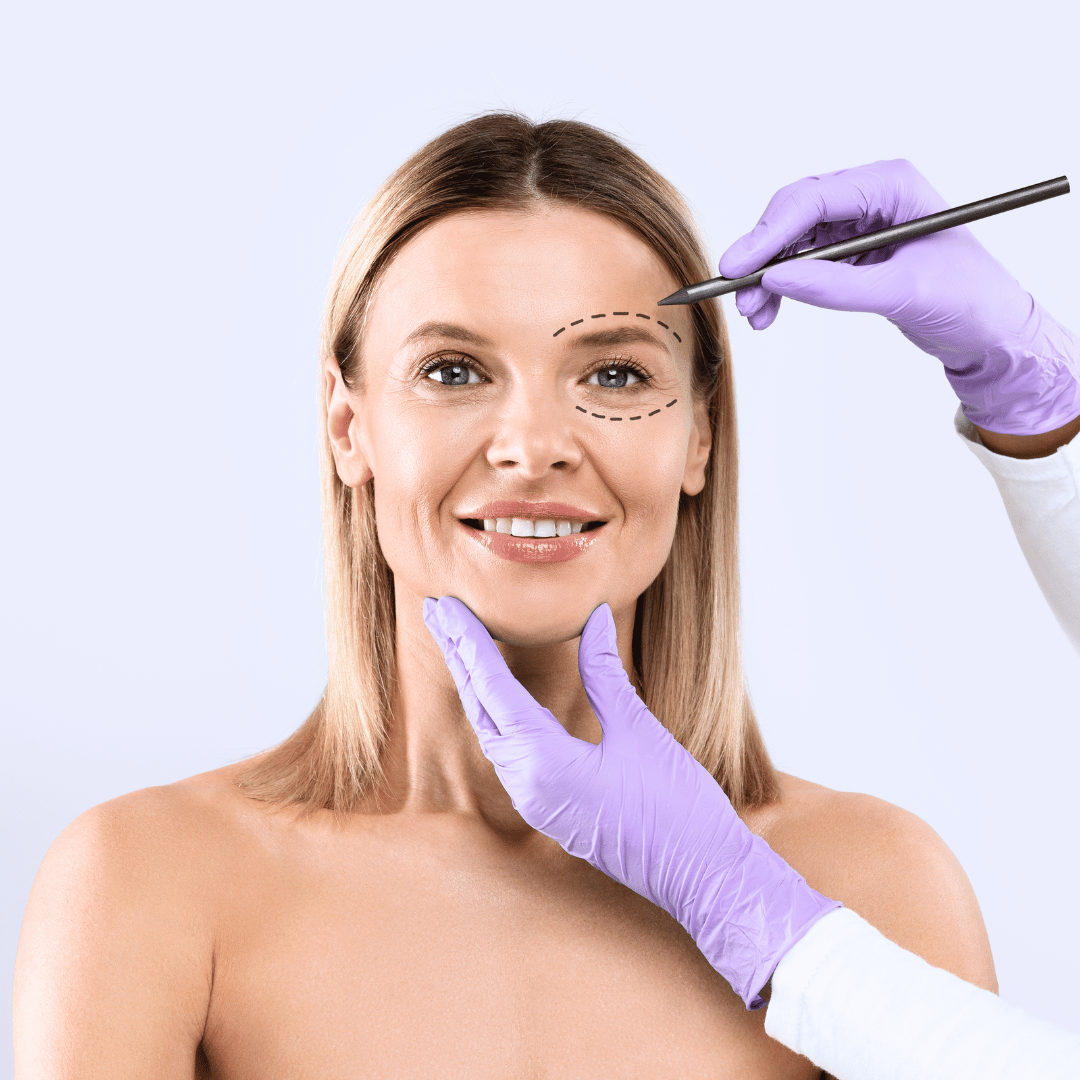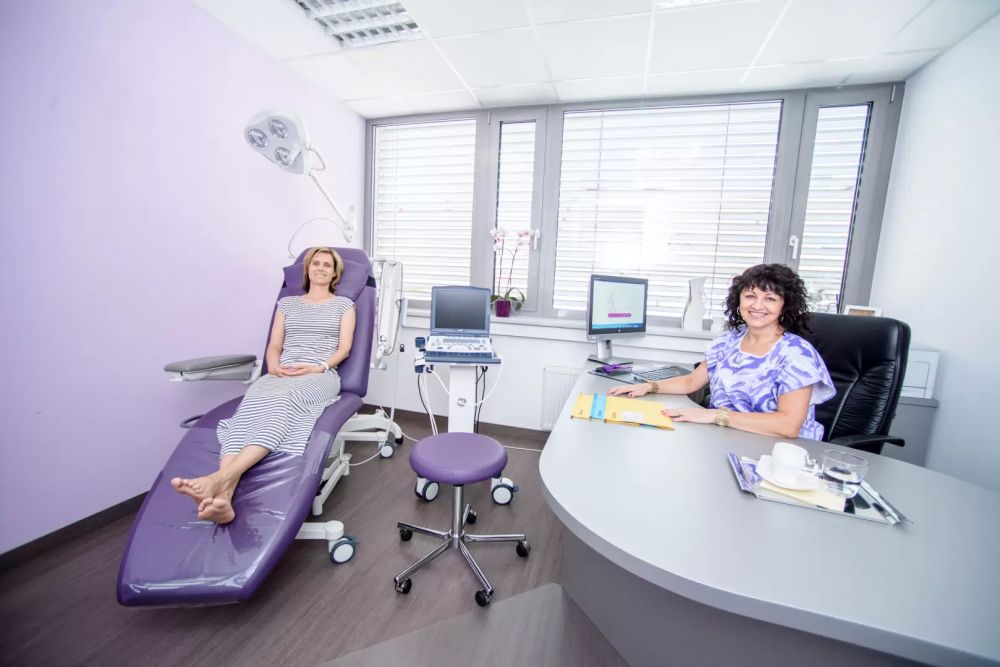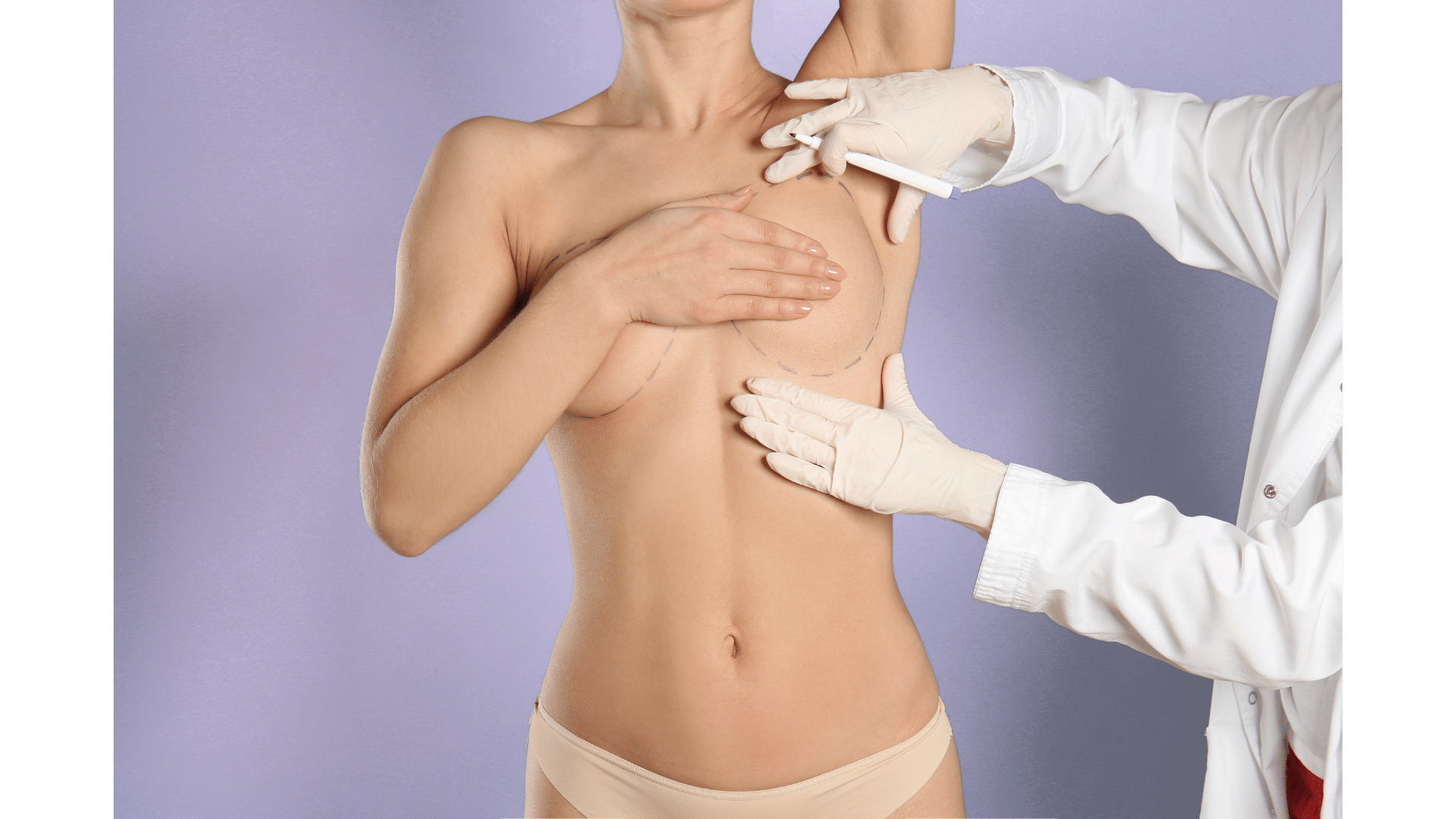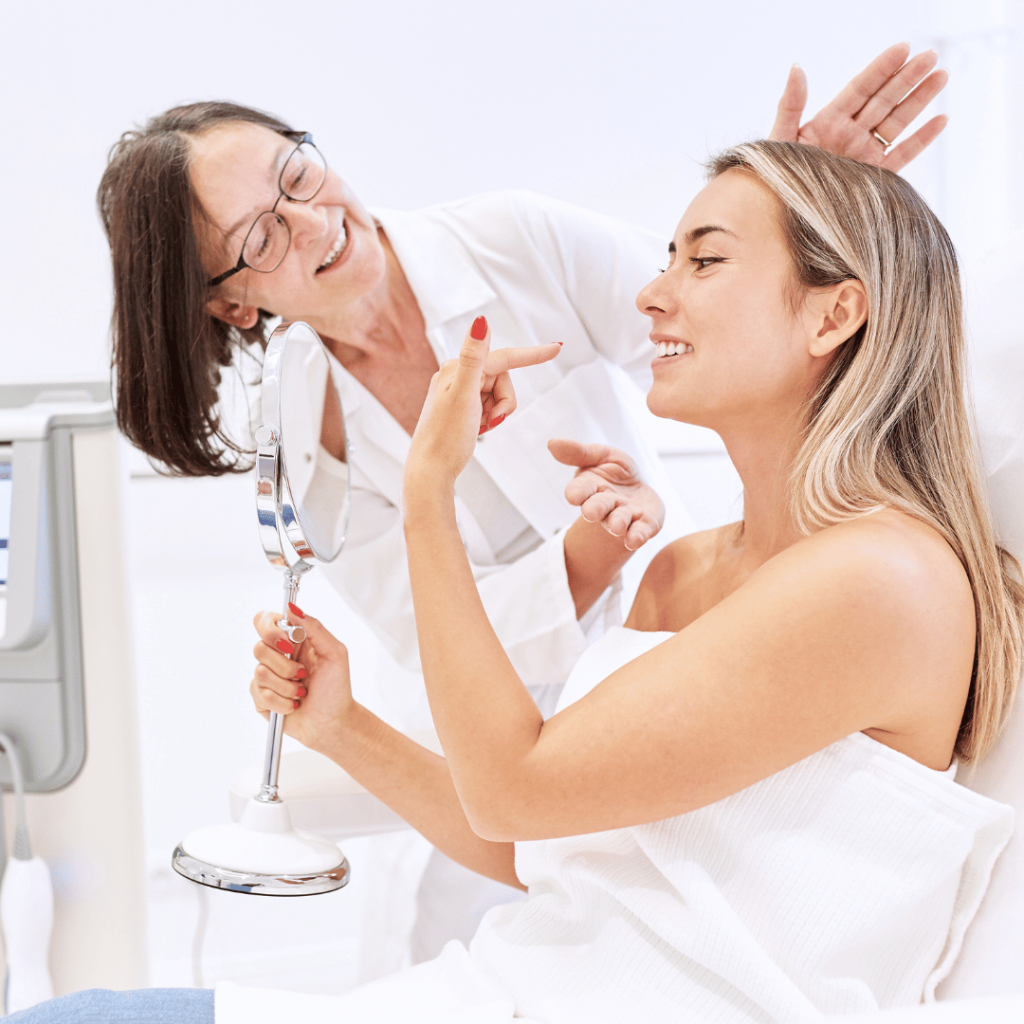GIA clinic: Plastic surgery
Beauty and health
in harmony
We are a renowned clinic of plastic, aesthetic and vascular surgery. We want to emphasise your individual uniqueness and attach importance to the harmony of body and mind.
We are a renowned clinic of plastic, aesthetic and vascular surgery. We want to emphasise your individual uniqueness and attach importance to the harmony of body and mind.
With our state-of-the-art equipment and our highly qualified team of doctors, we can offer you a wide range of procedures in the field of plastic, aesthetic and vascular surgery.

Founder and head physician of GIA clinic
MUDr. Jiřina Šilhánková is an experienced plastic surgeon. She studied at the Faculty of Medicine at Palacký University in Olomouc, where she graduated in 1994. She holds medical certificates in general surgery (1994, 1st degree) and plastic surgery (2004).
She started her professional career at the Burn Centre of the University Hospital in Ostrava. She then worked at Medicom surgical outpatient clinic in Prostějov.
In 2016, she founded the private plastic surgery clinic GIA clinic s.r.o. in Prostějov, where she has been working as a plastic surgeon ever since. She specialises in breast plastic surgery and is also professionally active in the field of plastic and aesthetic surgery.


All procedures are performed by an experienced team led by MUDr. Jiřina Šilhánková, who has over 20 years of practice in the field of plastic and aesthetic surgery.
We treat each patient individually and offer expert advice and support before and after the procedure.
We offer accommodation for you and your companion, who can be close to you during the procedure and during your recovery.
If you are looking for a place that not only offers you great care but also personalised and individual attention you should visit GIA clinic. We believe that true beauty comes from harmony and that’s why we care about the overall comfort of our clients.
We have a wide range of services to help you find the perfect solution for your individual needs.
We guarantee first-class quality of all the products and services supplied for all treatments.
Thanks to our state-of-the-art equipment we can offer you safe, effective and high-quality care.

We treat each person individually and offer expert advice and support before and after the procedure.
With us you will be looked after by specialists who respect you and take care of your health and comfort.
A successful procedure and your safety are our priority. At GIA clinic you can rest assured that you are in good hands.
Source: Google



To provide you with an optimised experience, we use technologies such as cookies to store and/or access device information. If you consent to these technologies, we may process data such as browsing behaviour or unique IDs on this website. If you do not give or withdraw your consent, certain features and functions may be impaired.